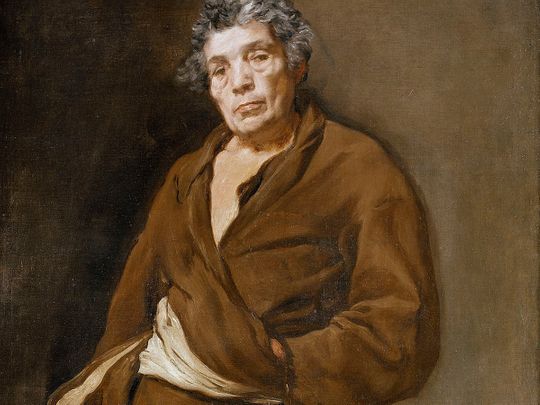
Some of the best-known tales around the world can all trace their origins to one storyteller: Aesop.
Click start to play today’s Crossword, and spot him in one of the clues.
From The Wolf and The Crane to The Lion and The Mouse, fables credited to Aesop used animals to create interesting, short takes, with moral proverbs succinctly summarising the point of the tale at the end. Here’s some insight into the person who supposedly shared about 725 fables that spread around the world:
1. Birth and death
Aesop is believed to have been born in around 600BC and to have died in 560BC, in ancient Greece. Many writers have mentioned him in their work – from Aristophanes to Plato and Aristotle. A first century philosopher, Apollonius of Tyana, is recorded to have said this about Aesop: “Like those who dine well off the plainest dishes, he made use of humble incidents to teach great truths.” Greek historian Herodotus mentioned “Aesop the fable writer” in one of his works, and Plato wrote that Socrates whiled away his time in prison by turning some of Aesop’s fables into verses. So, Aesop and his work were well known.
2. Doubts on his authorship
While most historians accept the idea of Aesop writing and sharing most known fables, a body of scholars thinks it is wrongly attributed to him. The Encyclopaedia of Ancient History, for instance, points out that Aesop’s fables shared the same structure and story as Sumerian proverbs.
3. He was a slave
Aesop was born a slave and had two different masters in his lifetime, before he was granted his freedom. His last slave master, Iadmon, released him as a reward for his wit and intelligence, according to a report by the University of Massachusetts, in US. Once freed, Aesop became involved in public affairs and travelled across the country, telling his fables along the way.
4. He had physical and speech challenges
Aesop’s contemporaries have noted that the storyteller had some physical deformities, along with dwarfism. His bust, which resided in the Villa Albani in Rome, shows him to have suffered from physical malformations. Moreover, some early writings suggest that Aesop stuttered. Several historians theorise that the storyteller invented talking animals so he would have a vehicle through which to speak freely.
Did you know these facts about the Greek storyteller? Play today’s Crossword and tell us at games@gulfnews.com.



